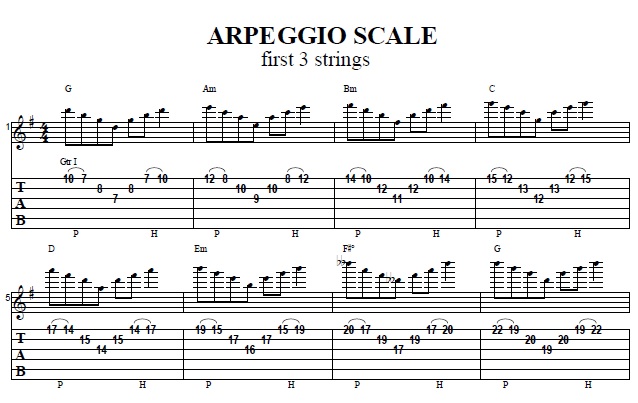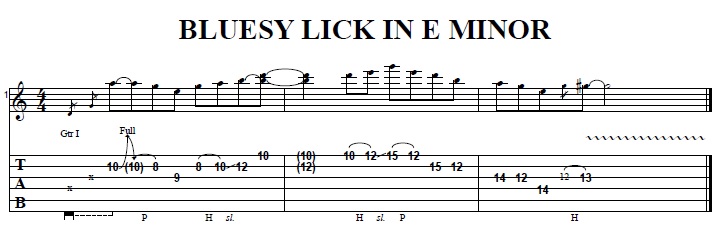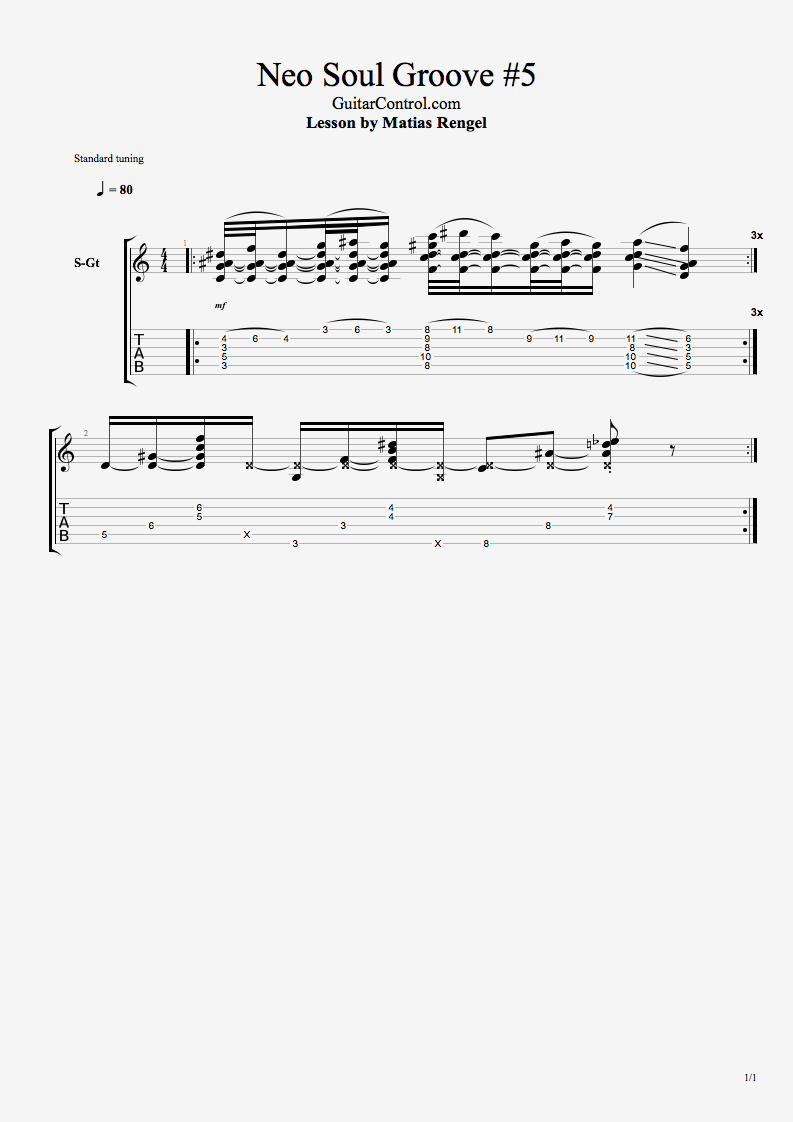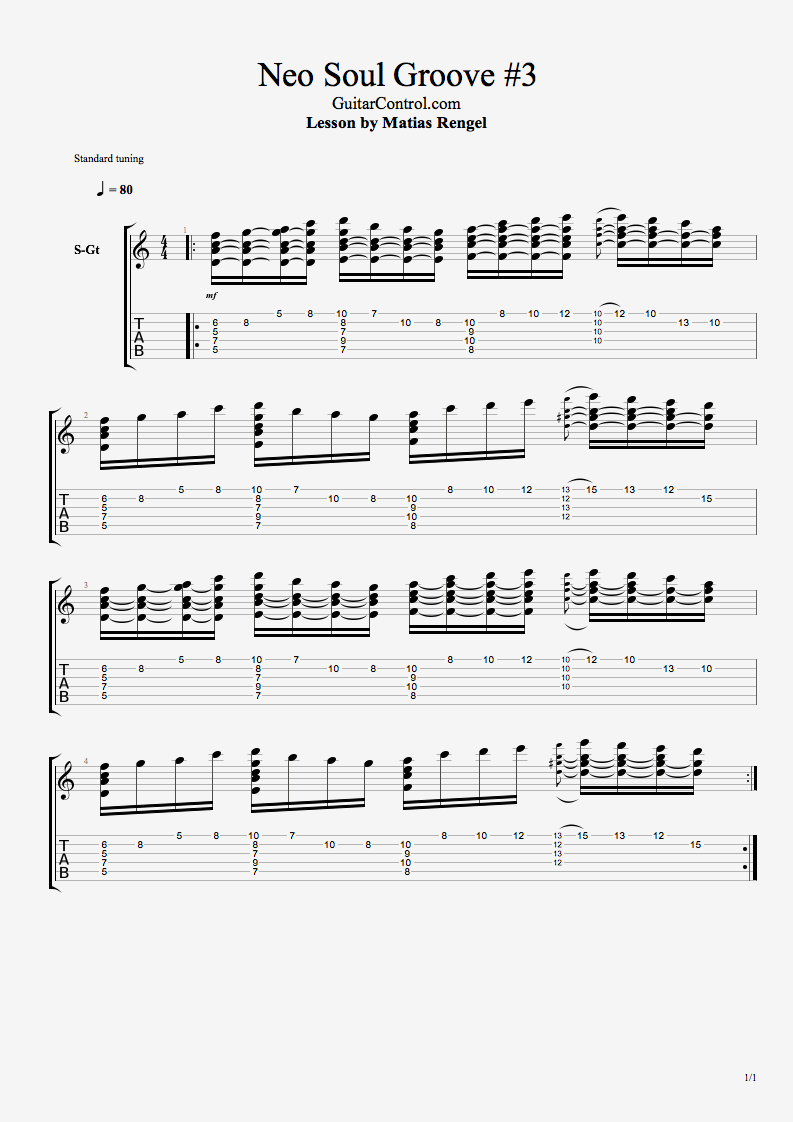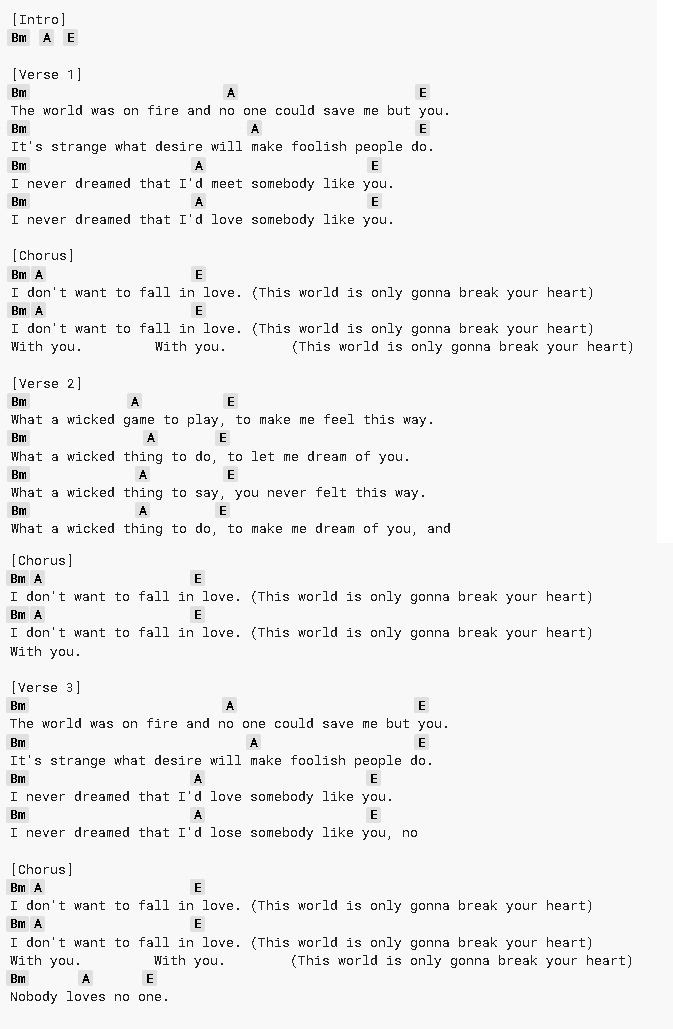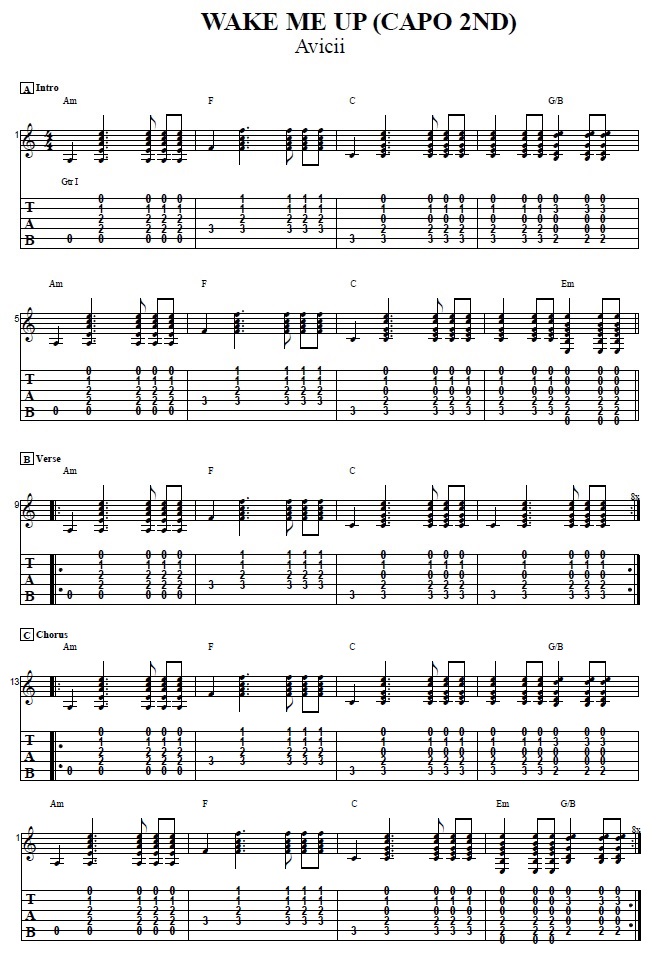How To Play Natalie Imbruglia’s Torn – Acoustic Guitar Lesson Made Easy Way W/ Sean Daniel
Hey, how’s it going this is Shawn Daniel with Guitar Control, we’re learning a classic 90s rock song “Torn” by Natalie Imbruglia. A fantastic song with three different parts, a really great exercise and kind of finding your way around a Key, make sure to check the image above to follow the chords and tabs.
[contentwall] [/contentwall]
[/contentwall]
Click on the Tabs button to follow chords and tabs.
[ninja-popup ID=715]
So we’re going to start on the 1 chord, F major bar 9th place bar chord. We’re actually going to play just the middle four strings if you hit that high E string as open as an F major 7 chord but we’ve got ring finger 3A pinky, 3D middle finger, 2G pointer finger, 1B. I’m going down, up, down, up, down, up, up, down, up, down. This is going to be our version of how the original is strummed with the rest of the band down, up, down, then down. I’m down, up, down, sometimes I add some to make a little livelier for a solo acoustic presentation but basically the verse is just going to be a key to a minor to B flat major. So we can number these because we learned those notes off as a 1, 3, 4, chord progression. The 1 chord F major down, up, down, up, down, up, up, down, up, down, again down, up, down, up, down, up, down, up, down, to A minor.
Pointer finger 1st fret of the B-string, ring finger 3rd fret 2nd fret of the G-string, middle finger 2nd fret of the D-string highest five strings down, up, down, up, down, up, down, up, down, up, down, up, down, up, down, up, down to B flat.
B flat is tough for a lot of people I see a lot of books teach it like this, where your pointer finger is the 1st fret in high string then you got the 3rd fret of the B-string, G-string, B-string, pinky, ring, and middle relatively. I’m not the biggest fan of this shape I think it’s kind of difficult for readers to do and you’re much better off taking the F major shape and isn’t moving it toward your pointer finger lines up with the 6th fret much easier because going back to F, anyways there’s the 1st fret because it’s where my pointer fingers lined up or where the root note will be in a bar chord F, B-flat as long as you don’t hit the low and high strings you can really just run this one shape from F to a B flat, so playing this way it’s F to A minor 1, 2, 3, 4, to a 4 chord, that’s how my thumb chilling here muting the low E string because that would sound better, my pointer finger making sure the high E string, I’m not hearing the lower of a high string.
F major, A minor, B flat, that’s going to be the entire verse. The next part is going to be the pre-chorus some people call it a bridge. I think if it’s a pre-chorus D minor, C, A minor, C, end of the chorus. So D minor, C , A minor C we can number those again remember what is D and F 1, 2, 3, 4, 5, 6, the 6 board to the 3/4 or the 6 part to the 5 chord to the 3/4 to the 5 chord when you can think of chord progressions as numbers makes everything super easy right F to A minor to B flat that’s 1, 3, 4, much easier to just kind of organize that stuff in my opinion D minor pointer finger 1st fret on the high E string pinky or ring finger on the 3rd fret of the B-string middle finger 2nd fret on the G-string.
Same strumming pattern to a C, pointer finger 1st fret of the B-string, you can play with your middle finger to D, ring finger 3a. I’m a big fan of playing it with your pinky 3a and your ring finger 3e. I just like that better sounds, a little fuller totally (optional) it’s up to you alright. So D minor 6 chord to the 5 chord to A minor which we already talked about was the 3 chord F, G, A and back to C, and then we go to the most common chord progressions in all of Western music history a 1, 5, 6, 4, chord progression.
Millions of songs are transposed to another key, even just like hearing it might make more sense if you did another key real just side note a one, five, six, four, in the key of C would sound like. My song familiar to some people but the point is a common chord progression that you should have under your belt and know how to navigate three different keys start on the one chord and the key of F which is the F to C, easy transition what’s the 6th chord in the key of F, D, D minor to B flat, back to F. So this is the chords of the song, that’s up to speed now this is one example of this B flat, could be better if you want to keep everything in the same ballpark.
That’s why it’s great to know different chord progressions for different things but in my opinion this B flat is a lot easier and will make the sound really good. Totally it’s up to you, I’m not going force you to do anything you don’t want, and we’re just trying to play some Natalie Imbruglia songs.
Here’s a recap, three parts the 1st part is F with the strumming power we’re going to go through the chords out the strumming, early half to A minor to B flat. Remember that’s 1, 3, 4, and when you know the numbers you can easily transpose these to other keys that might fit your singing voice or your singers singing voice better.
After that we have a 6 to a 5, to a 3, to a 2, to a 5, to a 2, to a 1, to a 5, to a 6, to a 4, and that’s it, that’s the whole thing. Make sure to subscribe on our You Tube Channel and we’ll see you in our next video lessons, thanks for watching.
– Click here to get Sean Daniel’s Secrets of Hendrix: DECODED – GO!!
